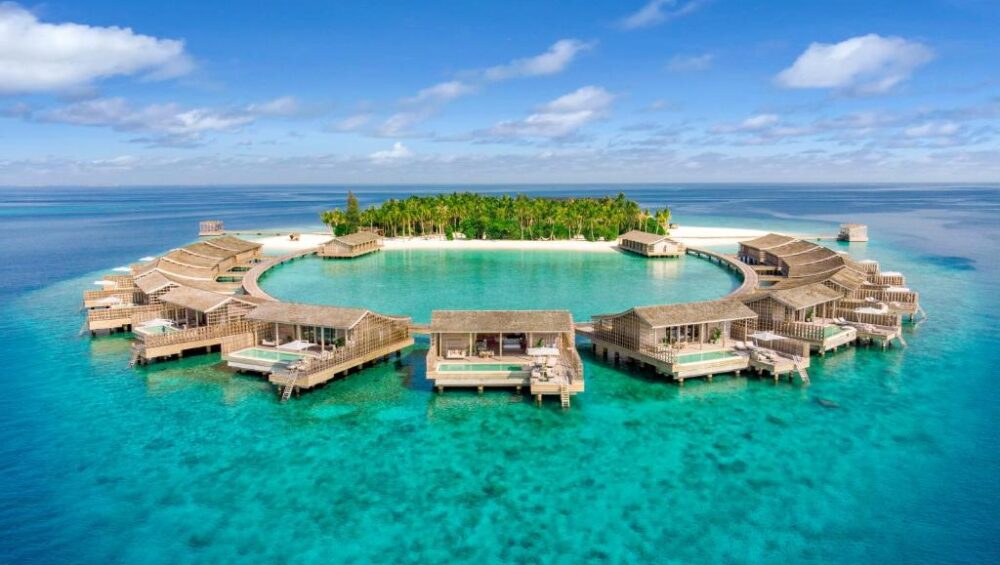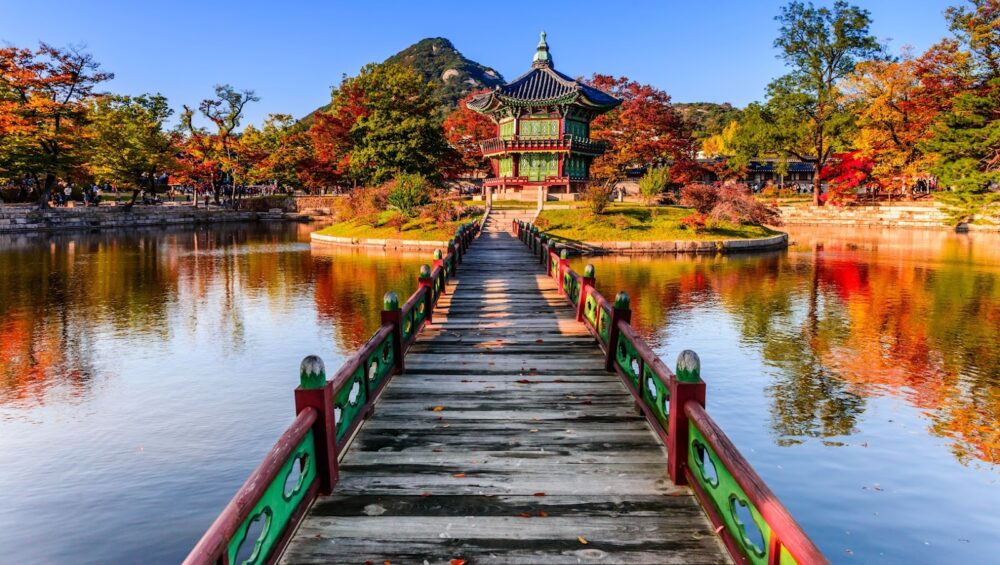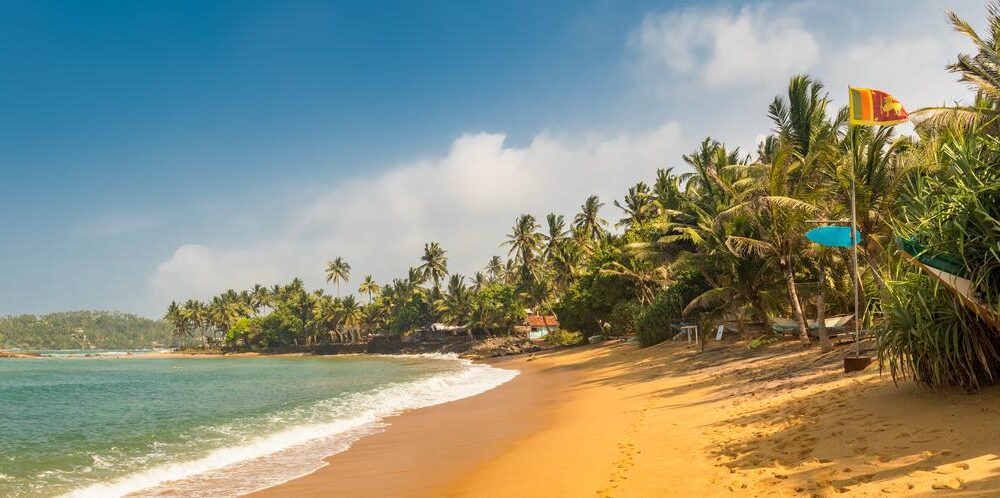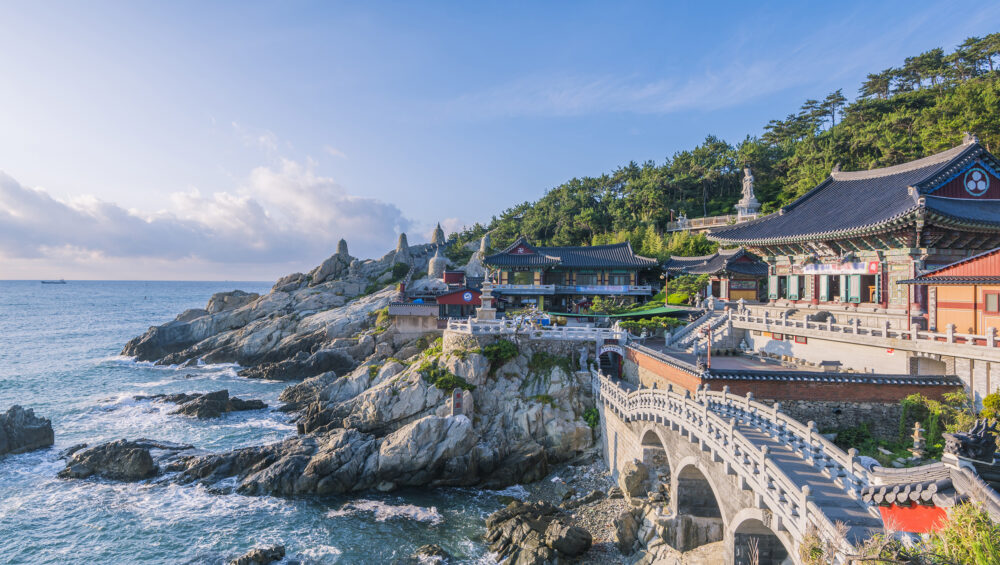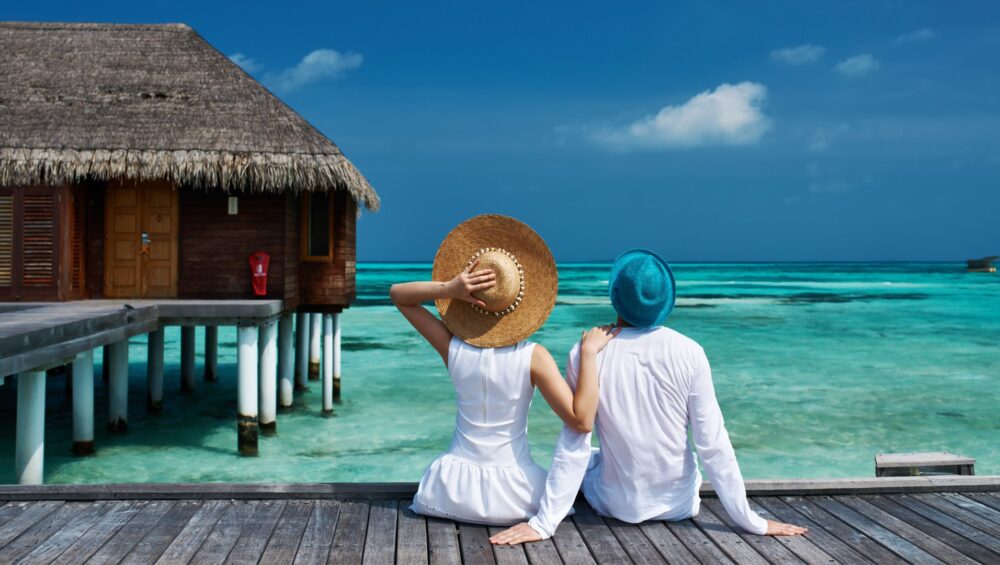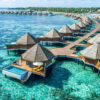Adventurous things to do in South Korea
South Korea offers a plethora of adventurous activities for travelers looking to add some excitement to their trip. Here are some adventurous things you can do in South Korea: –
- Hiking in Seoraksan National Park: Explore the rugged beauty of Seoraksan, one of South Korea’s most iconic national parks. With various trails catering to different skill levels, you can hike through lush forests, granite peaks, and serene valleys.
- Rock Climbing in Jeju Island: Jeju Island is not just about beaches and volcanic landscapes; it also offers excellent rock-climbing opportunities. Head to spots like Songaksan or Yongmeori Coast for thrilling climbs with stunning ocean views.
- Whitewater Rafting in Gapyeong: Experience the adrenaline rush of navigating through rapids on the Bukhan River in Gapyeong. Several rafting companies offer guided tours suitable for both beginners and experienced rafters.
- Paragliding in Yongin: Soar high above the countryside of Yongin with a tandem paragliding experience. Enjoy panoramic views of lush landscapes while feeling the rush of wind beneath your wings.
- Bungee Jumping in Chuncheon: Take a leap of faith from the 63-meter-high platform at the Cheongpyeong Bungee Jumping site in Chuncheon. It’s one of the highest bungee jumping facilities in South Korea, offering an unforgettable adrenaline rush.
- Caving in Danyang: Explore the underground wonders of Danyang’s limestone caves. With guided tours available, you can venture deep into these subterranean marvels, marveling at stalactites, stalagmites, and underground rivers.
- Skiing and Snowboarding in Pyeongchang: During the winter months, Pyeongchang becomes a haven for snow sports enthusiasts. Hit the slopes of resorts like Yongpyong or Alpensia for skiing, snowboarding, and other winter activities.
- Surfing in Busan: Head to the beaches of Busan, such as Haeundae or Songjeong, to catch some waves. Whether you’re a seasoned surfer or a beginner, you’ll find waves suitable for your skill level, along with surf schools offering lessons.
- Zip-lining in Daegu: Experience the thrill of zip-lining through lush forests and over scenic valleys in Daegu. Several adventure parks in the area offer zip-lining courses, providing an exhilarating way to soak in the natural beauty of the region.
- Exploring DMZ: While not conventionally “adventurous,” exploring the Demilitarized Zone (DMZ) between North and South Korea offers a unique and somewhat surreal experience. Guided tours take visitors to various points of interest, providing insights into the history and current situation of the Korean Peninsula.
These are just a few examples of the adventurous activities you can enjoy in South Korea. Whether you’re into hiking, water sports, or adrenaline-pumping experiences, there’s something for every adventure seeker in this dynamic country.




